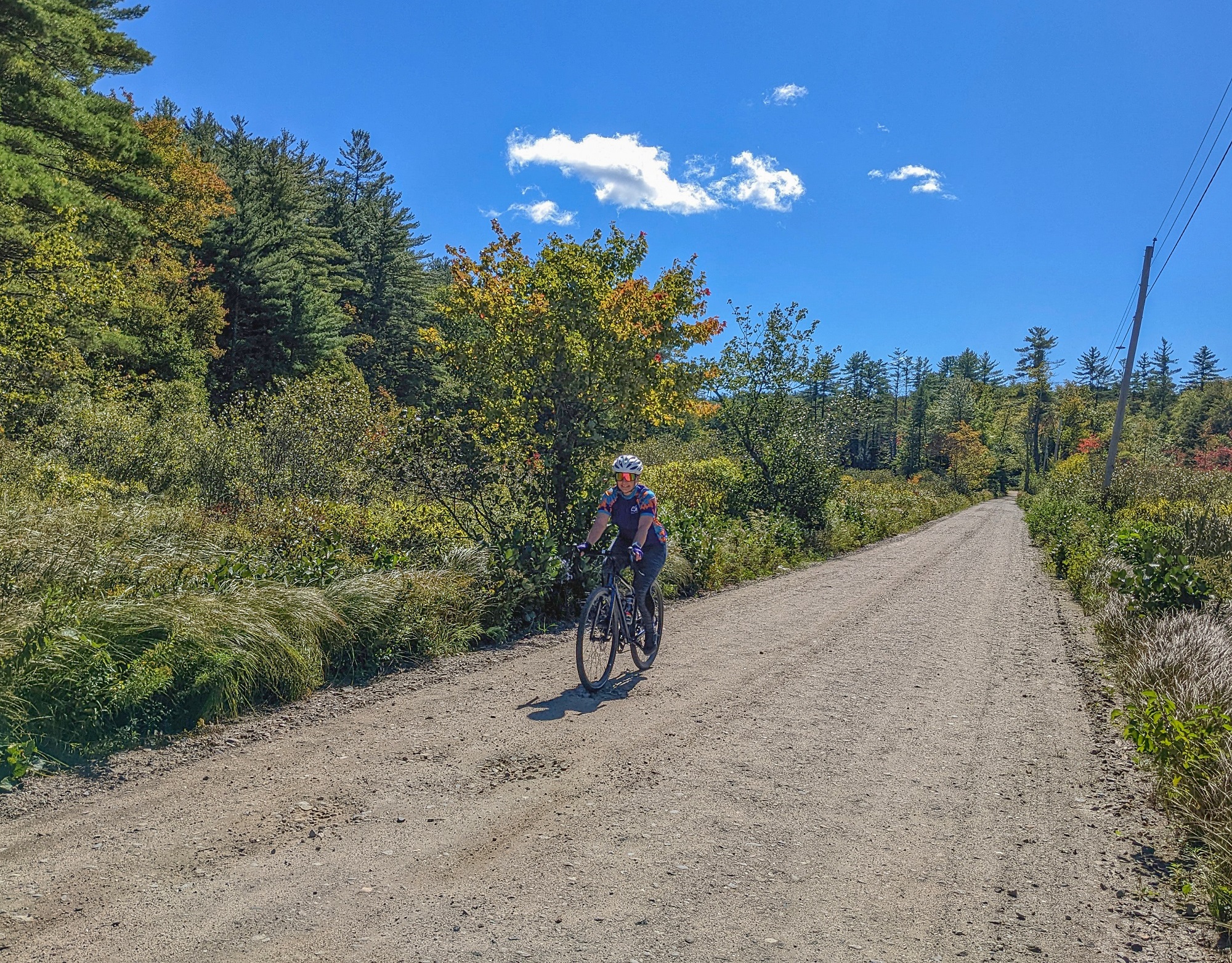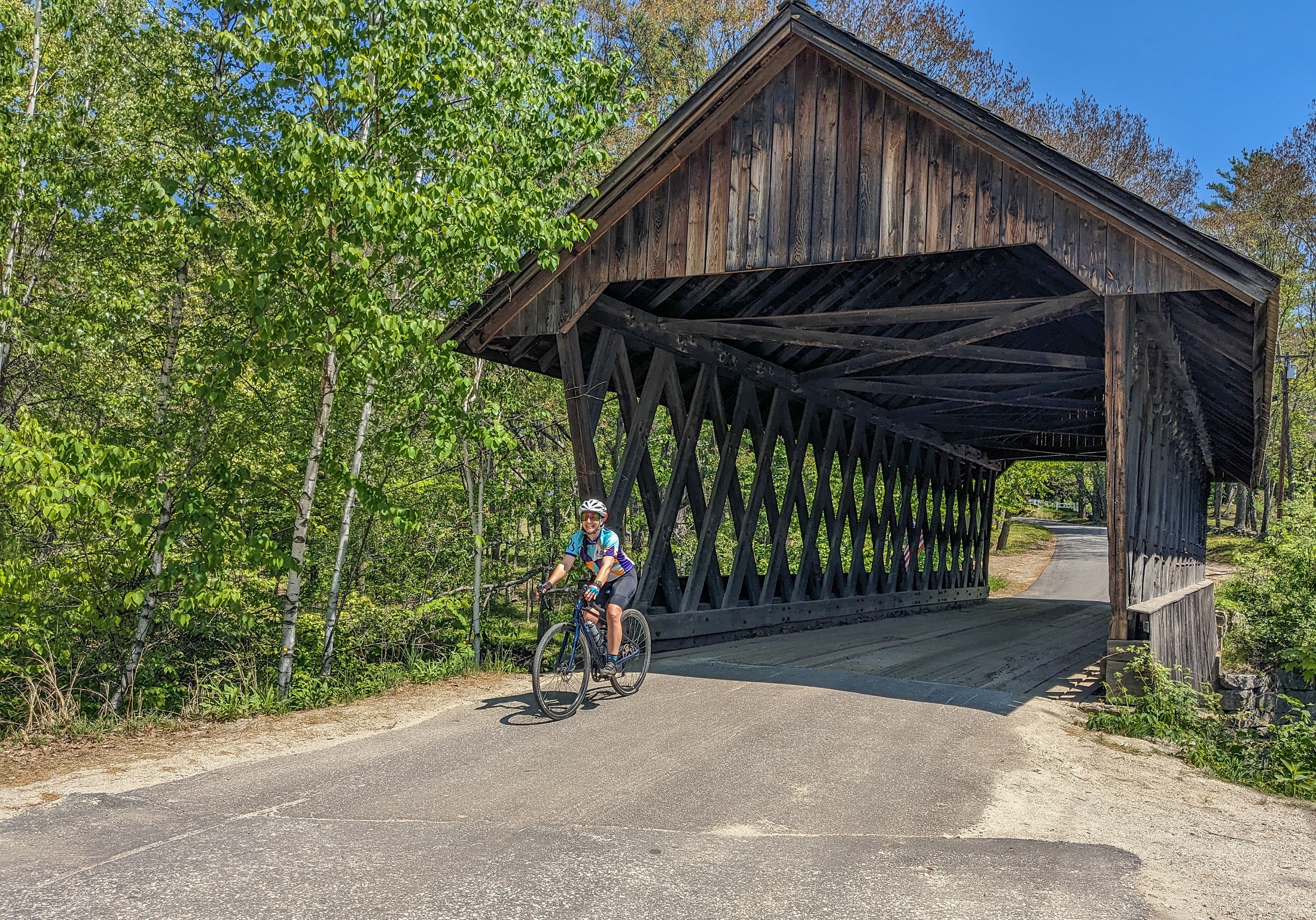Shimano or SRAM? Flats or clipless pedals? Coffee or beer? There are some questions that cyclists just can’t seem to agree on. One such debate facing gravel bikers is whether to run a 1x or 2x (pronounced “one-by” and “two-by”) drivetrain. There are proponents for both styles and it’s common for people to align themselves in certain camps/have strong opinions about the superiority of one type of drivetrain over the other.
If you’re getting into gravel biking but struggling to find an unbiased opinion on whether a 1x or 2x is right for you, below is a list of the advantages offered by each type of drivetrain, helping you make your own informed decision.

What is 1x? What is a 2x?
The terms 1x and 2x refer to the number of chainrings a gravel bike has. A 1x has a single front chainring, while a 2x has two front chainrings. For a long time, 2x (and even 3x) drivetrains have been popular on road and hybrid bicycles, while in recent years mountain bikes have largely transitioned to 1x drivetrains.
Five Reasons to Choose a 1x Drivetrains for Gravel Biking
As mentioned above, 1x setups are extremely common in mountain biking—but if you’re coming to gravel from another discipline, you might be wondering why subtracting gears makes sense.
1. Simpler
Perhaps the most appealing aspect of 1x drivetrains is their simplicity. There’s less to maintain and fewer adjustments to make, which reduces the chance of something going wrong. Not a bad benefit if you’re riding your gravel bike in out-of-the-way destinations. They’re also less likely to collect mud and easier to keep clean.
Because of 1x setups’ lack of complexity and relative ease of maintenance, they’re popular with new riders and riders not comfortable working on their bikes.
2. Straightforward Shifting
It’s also easier to shift with a 1x drivetrain. There’s only one chainring and one shift lever, providing easy shifting up and down thanks to sequential gearing. Ultimately, 1x systems make it simple to find the gear you need without having to think about whether or not to move from the big front ring to the small one. They also eliminate cross chaining—pedaling in the largest cog in the cassette and the largest chainring or pedaling in the smallest cog in the cassette and the smallest chainring—which can stress drivetrains.
3. Better Rough Terrain Performance
In 1x systems, the front chainring doesn’t need to assist with shifting, which allows for the use of narrow-wide chainrings. Narrow-wide chainrings feature a special tooth pattern that, as their name implies, alternates between narrow and wide teeth. This helps keep the chain securely in place and virtually eliminates dropped chains.
When paired with a clutch derailleur—another piece of tech that has migrated from mountain biking to gravel—1x setups deliver smooth, quiet shifting in even the bumpiest terrain.
4. Lighter Weight
Let’s face it, it doesn’t take an expert bike mechanic to realize that the absence of a second chainring, a front derailleur, an extra shifter, and a cable linking it all together helps keep the weight of 1x bikes down.
5. Improved Aesthetics
All it takes is a quick look at the numerous multicolored anodized bike parts, the rainbow of available grips and bar tape, and coordinated kits to understand just how much bikers care about appearance—and 1x drivetrains cut a cleaner-looking profile than their 2x counterparts.

Three Reasons to Choose a 2x Drivetrains for Gravel Biking
While 1x drivetrains have taken hold in mountain biking, 2x systems remain the norm in many other cycling disciplines and have graced the podium on everything from World Tour events like
the Tour de France to gravel’s most hallowed races like Unbound.
1. More Gears
The primary advantage of 2x drivetrains is that they offer more gearing options within the range. While it’s true that 1x and 2x drivetrains typically offer a similar range of gears—that is, roughly the same high and low gears—2x setups provide smaller, more incremental steps between the gears. This helps those pedaling 2x systems maintain their desired cadence and put down steadier power.
More gears are particularly beneficial when traveling on pavement and well-maintained gravel roads and less beneficial when riding at slow speeds on rougher, more challenging terrain, like singletrack. The extra range of gears also allows for more efficient hill climbing—something there’s no shortage of in the Northeast.
2. Easier to Make Big Gear Shifts
Moving from the big to small and small to big chainrings allows riders to make big gear swings quickly, such as speedily dropping into the small chainring to attack a steep hill or jumping to the big ring for a fast descent.
3. Technology is Improving Performance
Innovation is limiting some of the advantages that 1x drivetrains have over 2x. For example, electronic shifting has ushered in precise, quick, and easier shifting with less maintenance and hassle than traditional mechanical shifting.
The same clutch derailleurs that help 1x setups excel in rough terrain are also available for 2x bikes—reducing annoying chain slap and helping ensure the chain stays in place.

Common Applications for 1x and 2x Drivetrains
The rule of thumb when choosing between 1x and 2x systems is that riders who favor rougher, more challenging terrain, those who commonly ride in inclement weather, and riders who aren’t keen on working on their bike (or routinely bringing it to the bike shop) are generally best served by a 1x. Conversely, riders who prefer to ride on more maintained surfaces, like pavement and well-kept gravel roads, are likely to enjoy riding a 2x.
What Type of Drivetrain to Choose?
Personal preference is a large factor in deciding what will work best for you. In the end, the information listed above is just a guideline. There are plenty of riders charging challenging singletrack on bikes with 2x drivetrains and it’s not uncommon to get dusted on a big road climb by a rider rocking a 1x.
If you can, test ride both 1x and 2x bikes before making a decision, see what type of drivetrain appeals most to you, and start logging some miles.
Tim Peck and Doug Martland
Tim and Doug met long ago at the Eastern Mountain Sports in Canton, Massachusetts. Bonding over a love of slick Quincy Quarry granite, White Mountain sufferfests, and scheming up adventures while folding tee-shirts, today Tim and Doug collaborate to write about their favorite outdoor activities and occasionally get nostalgic about tee-shirt tables.
Related Posts
May 3, 2024
Book Review: A Light Through the Cracks by Beth Rodden
A new memoir from a pioneering woman…




